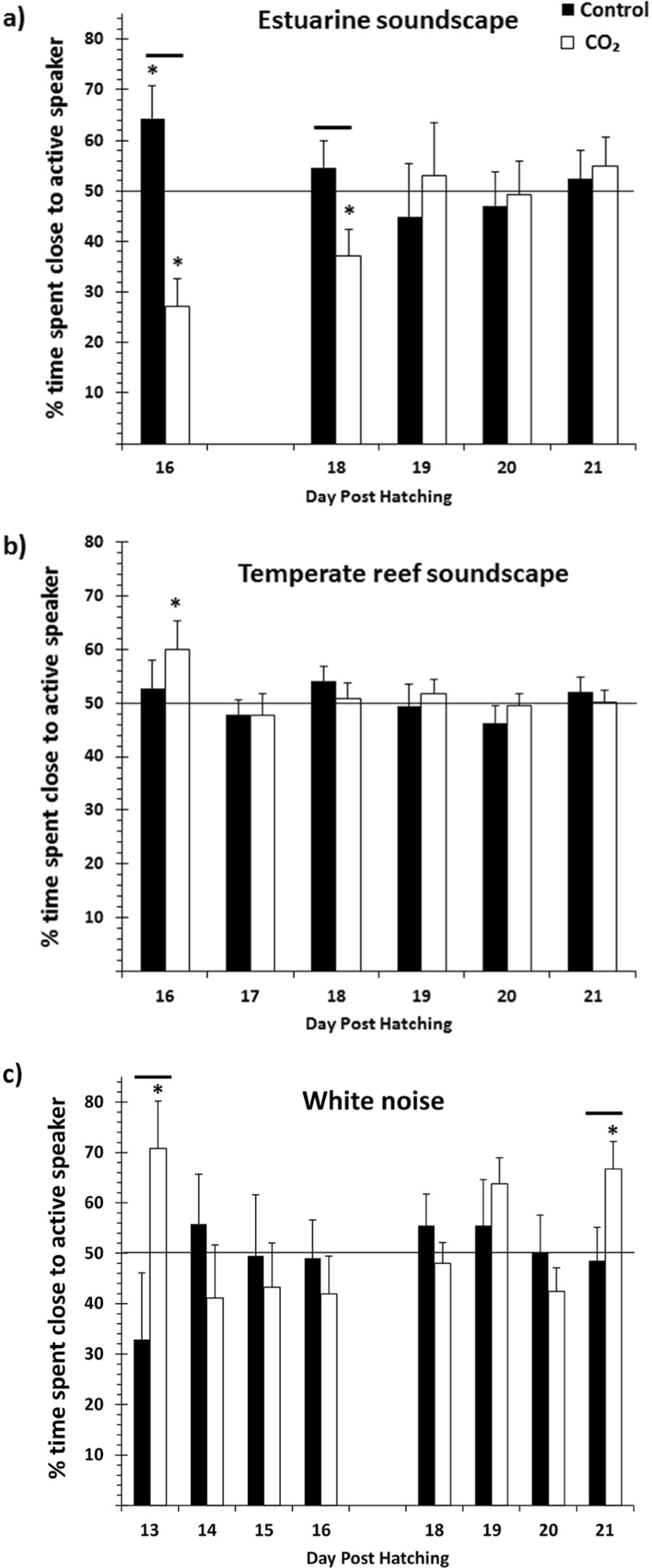Content from EcoWatch story: https://www.ecowatch.com/5-years-since-massive-tar-sands-oil-spill-kalamazoo-river-still-not-cl-1882075674.html?xrs=RebelMouse_fb&ts=1467011216
Just outside of Marshall Michigan Enbridge's a pipeline carrying diluted tar sand (or bitumen) breached and spill for 17 hours before the company to stop the flow, millions of gallons were released into the river system. Here is what happens with tarsand when it is released from a pipeline:
 |
| Submerged oil recovery on the Kalamazoo River. Photo credit: EPA |
- Enbridge at first ignored their own alarms as a malfunction of the system. Then they attempted to pump more oil into the system to fix the problem, primarily because the employees were inadequately trained according to the National Transportation Safety Board.
- After residence complained to 911 about the smell of oil Enbridge sent a response team of four local pipeline maintenance employees.
- The mixture or what is called dilbit broke up as it flowed out of the pipeline. The mixture is three parts tarsand and one part highly toxic natural gas liquids.
- The vapour spread rapidly into the surrounding neighbourhoods as the gas liquids vaporized. Unable to find and eliminate them Enbridge was forced to buy the surrounding homes to which the owners did not return.
- What remained in the river system was complex as most oils float bitumen sinks, so the traditional cleanup tools like skimmers and booms only remove minor portions of the spill that did float.
- The majority of the spill sank and as the containment booms were on the surface the pollutant spread everywhere unchecked.
- The EPA set deadlines for the cleanup as they usually do both for the shoreline and the river. Now a half decade later it is still not cleaned up.
- After 5 years of failing to meet deadlines, the EPA is now thinking to do further clean up might do more harm than good.
- It is suspected the river will never go back to normal as there are no bacteria in the fresh water that might break down the bitumen, and the heavy metals contained in this product might be present well into the future.
- Enbridge is still paying people and beautifying the surrounds and the clean up has now gone over 1.21 billion.
- Even if they had done things correctly and hit the shut-off switch immediately there would have still been 650,000 gallons spilt.
 |
| Try pumping this through a pipeline. Photo credit: SUNCOR |
Clearly, tar sands or bitumen or dilbit should never be allowed in pipelines if it can not be cleaned up. Given that it can be transported in a solid form in a rail car, if it has to be transported this would be much safer as in this for it does not explode or have toxic gases involved, nor does it flow.
However, given the high C02 output needed to process the tar sands into oil it is best left in the ground, not to mention the extensive destruction to the land and the massive toxic tailing ponds that will be left behind for future generations to deal with as they leach into the water table or if they dry up spread toxic dust for hundreds of miles.


































